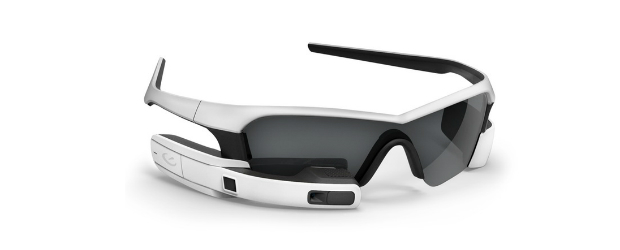Ransomware may soon be coming to a wrist near you.
A new report from Symantec suggests that as both IoT and ransomware proliferate, it is not a stretch of either the imagination nor the code for the malware to debilitate smartwatches.
“Technological trends are now beginning to present new opportunities to cybercriminals to increase the reach of ransomware,” Symantec said in a statement.
To illustrate this, the security vendor conducted an experiment where an Android phone was paired with a Moto 360 smartwatch. Researchers were able to demonstrate that simply through Android Wear’s app-pushing mechanism, where a compatible app would be pushed onto a paired smartwatch to provide functionality, existing smartphone-oriented ransomware (in this case called “Simplocker”) was installed onto the smartwatch with zero effort.
“After the ransomware was executed, it caused the smartwatch to become generally unusable,” Symantec said. “Simplocker has a routine that checks for the display of the ransom message every second, and if it is not shown, it will push it onto the screen again. This activity prevented us from using the device. Simplocker also encrypted a range of different files stored on the smartwatch’s SD card.”
While the company added that they had yet to see ransomware specifically designed for smartwatches, they are expecting this to change.
Recovery, unfortunately, involves a factory reset. Even this must be accomplished through a tricky task of rebooting the device through hardware buttons, then quickly navigating to the factory reset setting (within 20-30 seconds) before the ransomware is rebooted. According to Symantec, while this would erase all files on the smartwatch, those files would have been encrypted by the malware in the first place.
Other strategies to mitigate the situation involve avoiding installing apps from unknown sources, using a security solution on your mobile device and making backups of important data.




